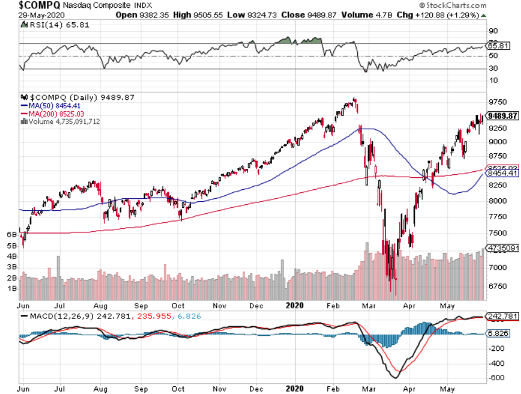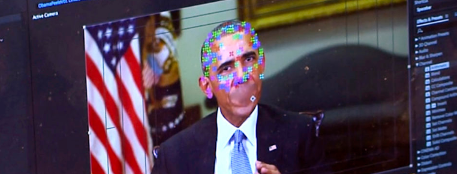There is a dark side of technology that, if not tackled head-on, could result in the breaking of the internet.
That technology is deepfake.
Deepfakes are doctored media forms in which a person in an existing image or video is replaced with someone else's likeness.
To read up on examples of deepfake video content that inserts Leonard Nimoy in a 2009 movie, click here.
Sure, you might have heard about it before.
This is old news, right?
Photoshopping a friend’s face and repurposing onto a famous artist’s face is child’s play.
Or so you thought.
It’s all fun and games when doing it for a little laugh, but doctoring videos to spark a world war is another matter entirely.
So why do I bring up deepfakes now?
It just so happens that the development of deepfakes has accelerated to the point where the real and fake are just about indistinguishable.
The main machine learning methods used to create deepfakes are based on deep learning and involve training generative neural network architectures, such as autoencoders or generative adversarial networks (GANs).
Photo manipulation was developed in the 19th century and soon applied to motion pictures. Technology steadily improved during the 20th century, and more rapidly with digital video.
At the start of 2019, deepfakes were easy to spot, within 5 seconds, there was a high probability that something in the content tipped off its fakeness.
As we push against a point of no return with this specific technology, social unrest has exploded with over 75 cities mired in police protest and public trust at its lowest point in history.
Marry up the social chaos with an upcoming U.S. presidential election and one could understand how events could turn sour if ugliness is supercharged with deepfakes.
It is entirely possible that an offshore deepfake going viral on the internet could unlock the election stalemate.
It is truly a scary situation when doctored media has pulled itself up in quality and the average person does not know when reality stops and starts.
We have already seen a plethora of crude pornography harnessed by deepfake technology in the past two years and that is just the beginning.
With digital storage service space cheap and Facebook allowing any type of extreme content to go live on its platform, the wielding of deepfakes mixed with heavy investment could cause every negatives trend in business and U.S. society to supercharge.
The U.S. think tank The Brookings Institution summed it up concisely by listing the risks that deepfakes will pose: “distorting democratic discourse; manipulating elections; eroding trust in institutions; weakening journalism; exacerbating social divisions; undermining public safety; and inflicting hard-to-repair damage on the reputation of prominent individuals, including elected officials and candidates for office.”
How do tech companies make out in the deepfake world?
As long as Section 230 absolves big tech from content posted on their platform, several monopolistic platforms will come out winners.
Can you imagine Netflix and Apple Plus creating the majority of its content with computer software?
Well, content already exists in the form of Japanese anime, but Netflix will be able to double or triple the amount of software-generated content cutting back on the need to pay humans to produce content that is live in living flesh.
Hollywood and its human actors are already on the ropes, will there be any room for their existence in this deepfake social distance, remote office world?
As the global pandemic has exacerbated negative and positive trends in technology, the volume and quality of fake news will continue to explode to record levels.
This is just the tip of the iceberg.
As it stands, I can barely find what I need when I am searching on Google search anymore because of the clutter of marketing and clickbait that hinders my objectives.
Will users still go on Facebook and watch YouTube videos if the percentage of fake content goes from 10% to 90% because they are bombarded with institutional deepfakes?
I can tell you that these social media platforms aren’t investing in their defense of deepfakes even if they are already banned on their platform preferring to turn a blind eye.
The development of deepfakes is increasing at such a rate that it dwarfs the development of defending authentic content.
To read an instance when Alphabet’s YouTube refused to remove deepfakes of American rapper Jay Z, click here.
That is what happens when the monetary incentives are perverse with the goal of selling the technology to the highest bidder, whoever it may be.
This could truly be the technology that breaks the internet as the law cannot keep up with the pace of fast-developing technology as big tech runs in circles around the White House.
It will be interesting to see if big tech firms monetize it to the extreme or try to do what is best for society. My guess is that corporations will see this as a golden opportunity to get into the world of digital content with famous stars and athletes licensing out their faces.



